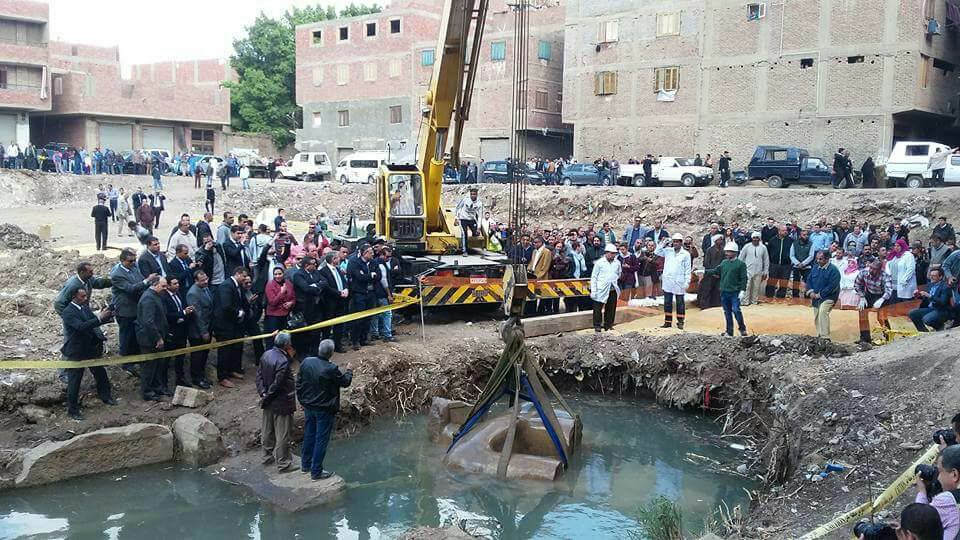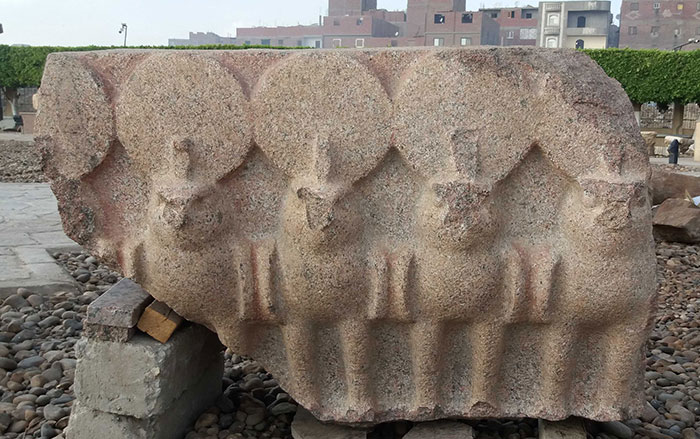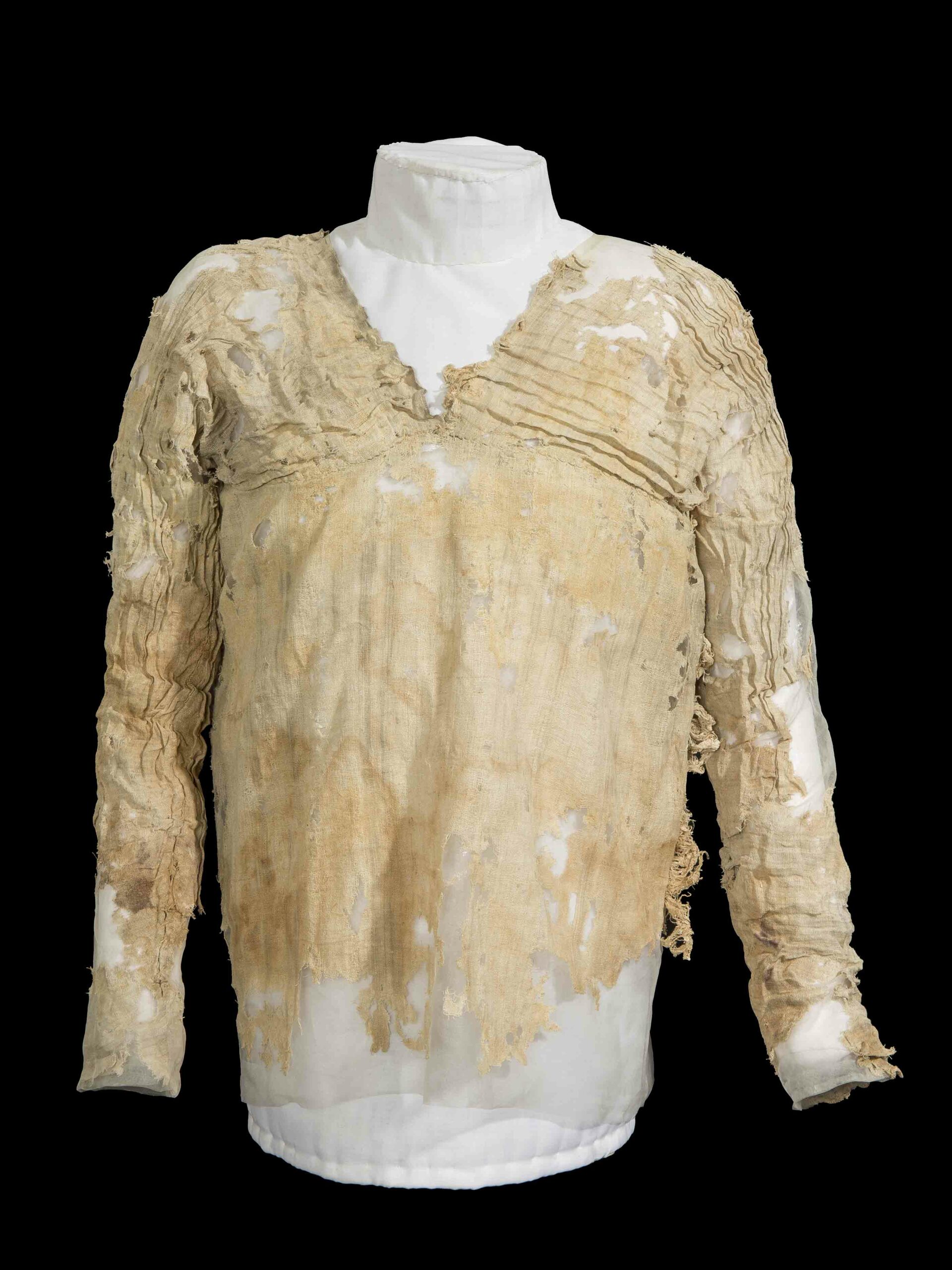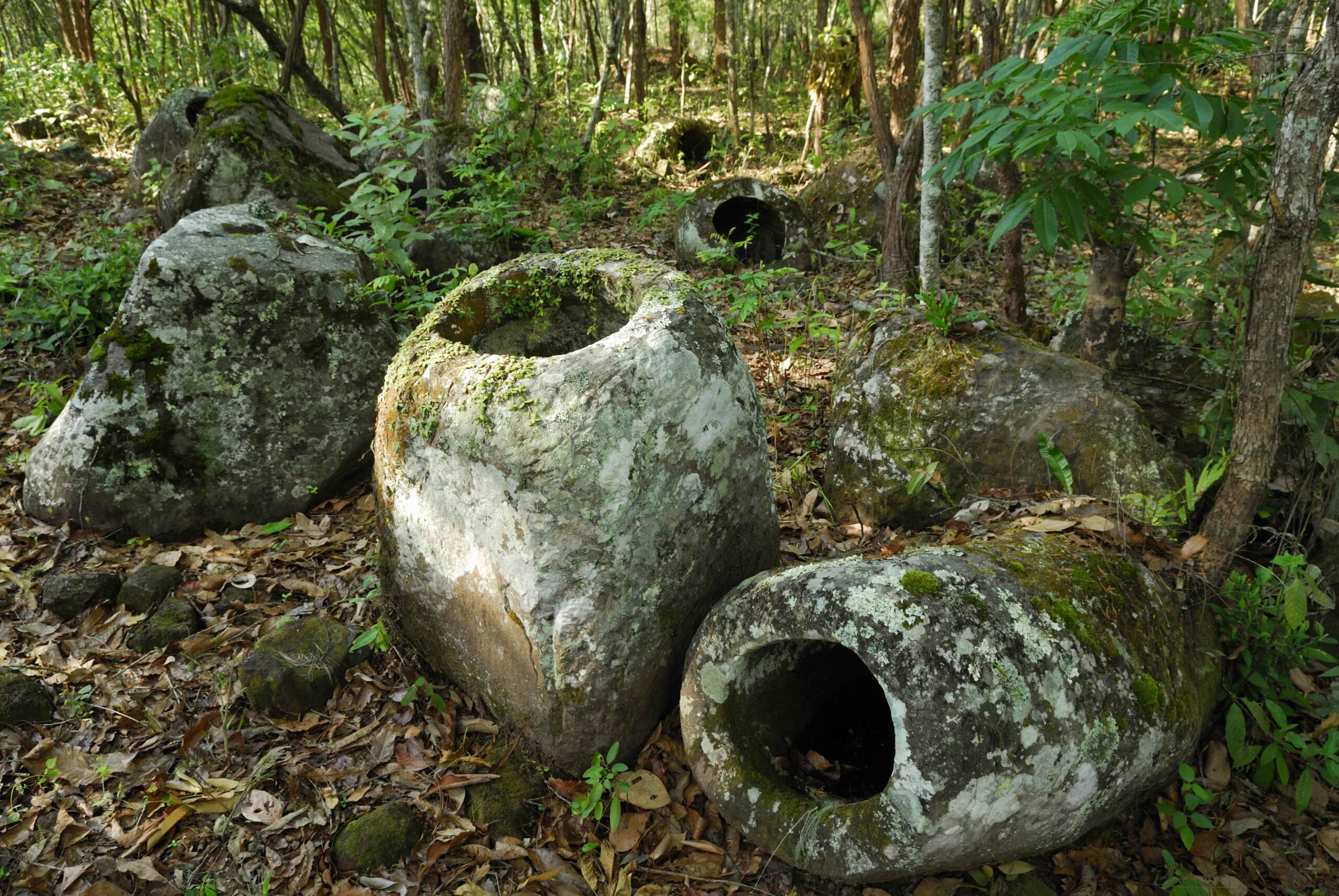
CAIRO, EGYPT—Ahram Online reports that a colossal statue discovered in the remains of a temple dedicated to Ramses II probably represents Psammetich I, and not Ramses II, as was originally suggested. According to Khaled El-Enany, Egypt’s Minister of Antiquities, the back pillar on the torso piece of the 30-foot statue was carved with one of the five names of Psammetich I, who ruled from 664 to 610 B.C., during the 26th Dynasty. “If it belongs to this king, then it is the largest statue of the Late Period that was ever discovered in Egypt,” he said. The two giant, quartzite fragments were found under the water table, near a congested residential area of Cairo’s Matariya neighborhood, and were moved with the help of Egypt’s Armed Forces to the Egyptian Museum in Tahrir for restoration and exhibition. The excavation team also recovered a relief at the site that depicts Ramses II anointing a statue of the goddess Mut. For more, go to “A Pharaoh’s Last Fleet.”









